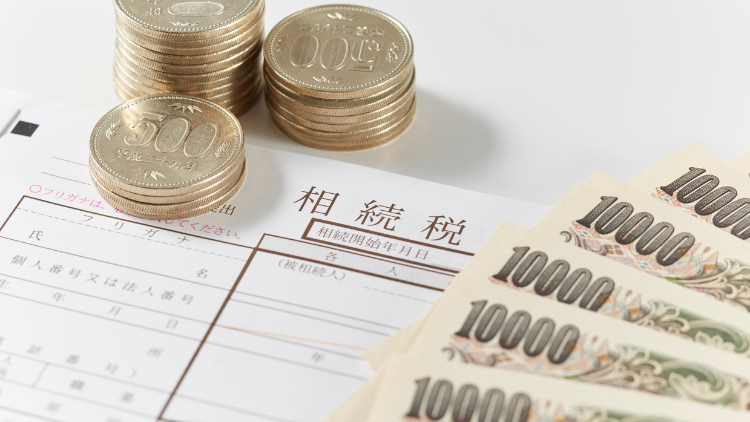When you’re shopping for a business credit card, it’s easy to get excited about the flashy welcome offers and generous rewards. But then you scroll down and see it: the intimidating box of fine print filled with acronyms and percentages.
It’s enough to make any business owner’s eyes glaze over.
This is where the real cost of a credit card lives. But it doesn’t have to be scary.

Think of APR and fees not as traps, but as the rules of the road. Once you understand what they mean in plain English, you can confidently choose a card that truly works for your business, not against it. Let’s translate that jargon together.
What in the World is APR? (Annual Percentage Rate)
In the simplest terms, APR is the price you pay for borrowing the bank’s money. If you carry a balance on your card from one month to the next, the bank charges you interest. The APR is that interest rate, expressed as a yearly number.
The Golden Rule: The best APR is the one you never pay. If you pay your statement balance in full and on time every single month, your purchase APR is effectively 0%. You get all the benefits of the card without ever paying a dime in interest.
Here are the different types of APR you’ll see:
- Purchase APR: This is the standard rate applied to the things you buy.
- Introductory APR: This is a temporary promotional rate, often 0%. These offers are fantastic for financing a large startup purchase, as they give you a set period (like 12 months) to pay off the balance without incurring any interest. Just make sure you know when the promo period ends and what the regular APR will be.
- Variable APR: Nearly all credit cards have a variable APR. This means the rate is tied to a benchmark rate called the U.S. Prime Rate. If the Prime Rate goes up, your card’s APR will likely go up, too.
The Most Common Fees (and How to Avoid Them)
Fees are specific charges for certain actions or services.
Unlike APR, which you can avoid by paying your balance in full, some fees are charged no matter what. Here are the main ones to watch for in the legally-required summary table, often called the Schumer Box.
Annual Fee
- What it is: A yearly fee you pay just for keeping the card account open.
- How to handle it: Many fantastic business cards have no annual fee. If you’re considering a card with a fee, do a simple cost-benefit analysis. Do the rewards and perks (like travel credits or lounge access) provide more value than the cost of the fee? If not, choose a no-annual-fee card.
Late Payment Fee
- What it is: A penalty charged if you fail to pay at least the minimum amount by your due date.
- How to avoid it: This one is simple. Set up autopay from your business checking account to pay at least the minimum balance (or better yet, the full statement balance) every month. This is the single best way to protect your credit and avoid useless fees.

Foreign Transaction Fee
- What it is: A fee, typically around 3% of the purchase amount, added to any transaction made outside of the United States.
- How to avoid it: If you never travel internationally or buy from foreign suppliers, you don’t need to worry. If you do, make it a priority to choose a card that explicitly advertises “no foreign transaction fees.”
Balance Transfer Fee
- What it is: A fee for moving a balance from another credit card to this one, usually 3% to 5% of the amount transferred.
- How to handle it: This is often charged when you take advantage of a 0% intro APR offer to consolidate debt. You have to do the math: will the money you save on interest be more than the upfront transfer fee?
Cash Advance Fee
- What it is: A steep fee for using your credit card to withdraw cash from an ATM. The APR for cash advances is also typically much higher and starts accruing interest immediately.
- How to avoid it: Don’t do it. Using your business credit card for a cash advance should be an absolute last resort in a true emergency.

Your Smart-Choice Checklist
Before you apply for any card, run through this quick mental checklist:
- My Plan: Do I plan to pay my balance in full each month (making APR less important) or carry a balance occasionally (making a low APR or 0% intro offer a priority)?
- The Annual Fee: If there is one, am I confident the card’s benefits outweigh the cost?
- My Spending Habits: Do my business habits expose me to certain fees? (e.g., if I travel, I need a card with no foreign transaction fees).
- The Fine Print: Have I taken 60 seconds to read the “Rates and Fees” table to understand the rules?
Understanding these terms isn’t about being a financial expert. It’s about being an informed, savvy business owner. By learning the language of the fine print, you can look at any credit card offer not with confusion, but with the confidence to choose the right tool for your business.
Frequently Asked Questions (FAQ)
Can a credit card company raise my APR? Yes. For variable-rate cards, the rate can change with the U.S. Prime Rate. Per the Federal Trade Commission (FTC), issuers can also raise your rate for other reasons (like a late payment), but they are generally required to give you a 45-day notice.

Does my business card’s APR affect my personal credit? The APR itself does not. However, if you are personally liable for the card (which is standard for small businesses) and you default on the payments, that negative information can absolutely impact your personal credit score.
WalletAware shares education, not individualized financial advice. Always confirm current terms on the issuer’s site before applying.